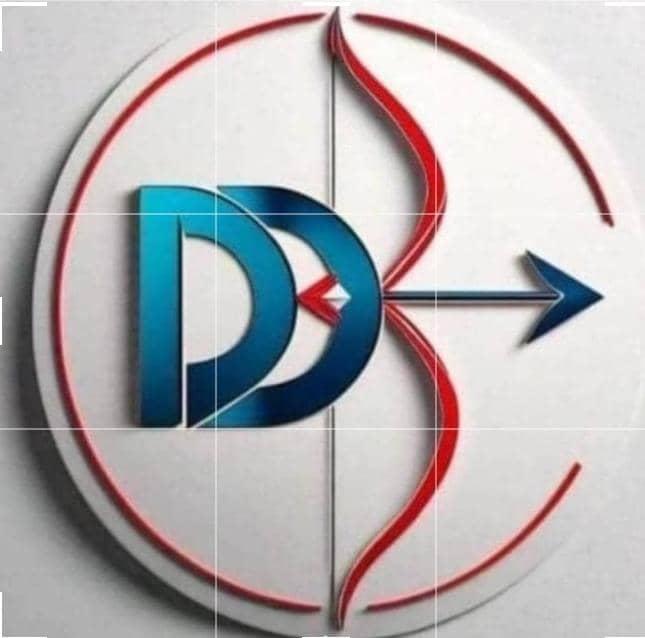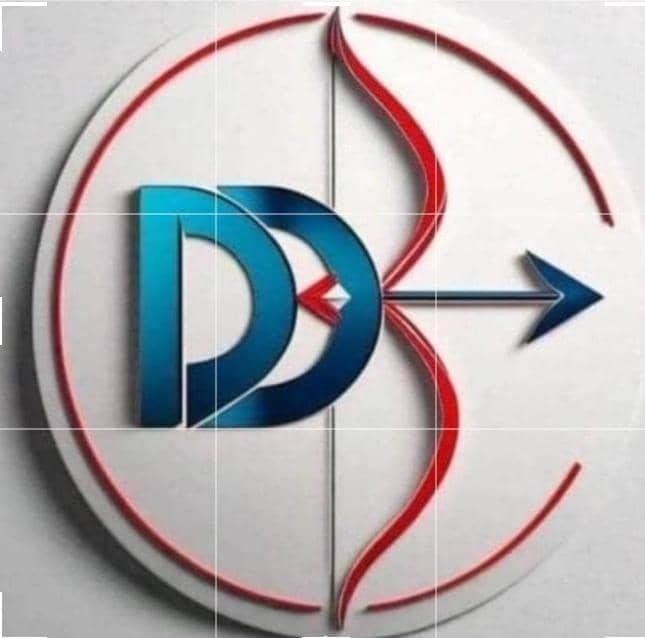Commerce refers to the exchange of goods, services, or information between businesses, organizations, or individuals. It involves the buying and selling of products, services, or ideas, and can take place through various channels, such as:
Types of Commerce:
1. E-commerce (Online Commerce): Buying and selling through digital platforms (websites, social media, mobile apps).
2. Traditional Commerce (Offline Commerce): Physical transactions in stores, markets, or through direct sales.
3. International Commerce (Global Trade): Exchange of goods and services across national borders.
4. B2B (Business-to-Business) Commerce: Transactions between businesses.
5. B2C (Business-to-Consumer) Commerce: Transactions between businesses and individual consumers.
Key Components of Commerce:
1. Buyers: Individuals or organizations purchasing goods or services.
2. Sellers: Individuals or organizations offering goods or services.
3. Products/Services: Goods, ideas, or expertise being exchanged.
4. Payment: Methods of exchange (cash, credit, digital payments).
5. Marketing: Promotion and advertising of products or services.
6. Distribution: Logistics and delivery of products or services.
Commerce Benefits:
1. Economic growth
2. Job creation
3. Innovation
4. Increased accessibility
5. Global connectivity
Commerce Platforms:
1. Online marketplaces (e.g., Amazon, eBay)
2. Social media platforms (e.g., Facebook, Instagram)
3. E-commerce websites (e.g., Shopify, WooCommerce)
4. Mobile apps (e.g., retail apps, payment apps)
5. Physical stores and markets
DOTGROUP's Commerce Aspect:
As a platform that enables online education, community verification, and e-commerce, DOTGROUP facilitates commerce through:
1. Online course sales
2. Product sales through member-owned online shops
3. Community-driven marketplaces
Types of Commerce:
1. E-commerce (Online Commerce): Buying and selling through digital platforms (websites, social media, mobile apps).
2. Traditional Commerce (Offline Commerce): Physical transactions in stores, markets, or through direct sales.
3. International Commerce (Global Trade): Exchange of goods and services across national borders.
4. B2B (Business-to-Business) Commerce: Transactions between businesses.
5. B2C (Business-to-Consumer) Commerce: Transactions between businesses and individual consumers.
Key Components of Commerce:
1. Buyers: Individuals or organizations purchasing goods or services.
2. Sellers: Individuals or organizations offering goods or services.
3. Products/Services: Goods, ideas, or expertise being exchanged.
4. Payment: Methods of exchange (cash, credit, digital payments).
5. Marketing: Promotion and advertising of products or services.
6. Distribution: Logistics and delivery of products or services.
Commerce Benefits:
1. Economic growth
2. Job creation
3. Innovation
4. Increased accessibility
5. Global connectivity
Commerce Platforms:
1. Online marketplaces (e.g., Amazon, eBay)
2. Social media platforms (e.g., Facebook, Instagram)
3. E-commerce websites (e.g., Shopify, WooCommerce)
4. Mobile apps (e.g., retail apps, payment apps)
5. Physical stores and markets
DOTGROUP's Commerce Aspect:
As a platform that enables online education, community verification, and e-commerce, DOTGROUP facilitates commerce through:
1. Online course sales
2. Product sales through member-owned online shops
3. Community-driven marketplaces
Commerce refers to the exchange of goods, services, or information between businesses, organizations, or individuals. It involves the buying and selling of products, services, or ideas, and can take place through various channels, such as:
Types of Commerce:
1. E-commerce (Online Commerce): Buying and selling through digital platforms (websites, social media, mobile apps).
2. Traditional Commerce (Offline Commerce): Physical transactions in stores, markets, or through direct sales.
3. International Commerce (Global Trade): Exchange of goods and services across national borders.
4. B2B (Business-to-Business) Commerce: Transactions between businesses.
5. B2C (Business-to-Consumer) Commerce: Transactions between businesses and individual consumers.
Key Components of Commerce:
1. Buyers: Individuals or organizations purchasing goods or services.
2. Sellers: Individuals or organizations offering goods or services.
3. Products/Services: Goods, ideas, or expertise being exchanged.
4. Payment: Methods of exchange (cash, credit, digital payments).
5. Marketing: Promotion and advertising of products or services.
6. Distribution: Logistics and delivery of products or services.
Commerce Benefits:
1. Economic growth
2. Job creation
3. Innovation
4. Increased accessibility
5. Global connectivity
Commerce Platforms:
1. Online marketplaces (e.g., Amazon, eBay)
2. Social media platforms (e.g., Facebook, Instagram)
3. E-commerce websites (e.g., Shopify, WooCommerce)
4. Mobile apps (e.g., retail apps, payment apps)
5. Physical stores and markets
DOTGROUP's Commerce Aspect:
As a platform that enables online education, community verification, and e-commerce, DOTGROUP facilitates commerce through:
1. Online course sales
2. Product sales through member-owned online shops
3. Community-driven marketplaces




